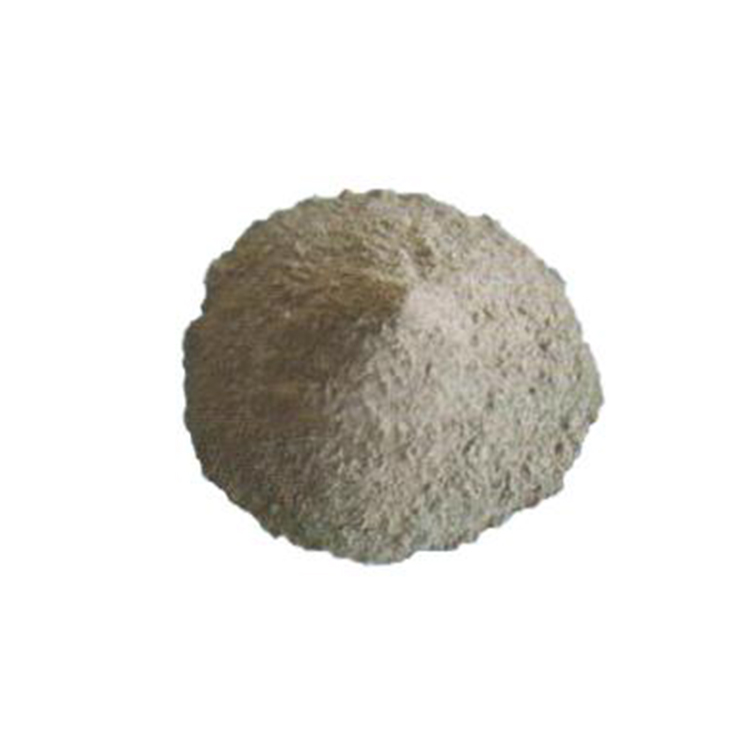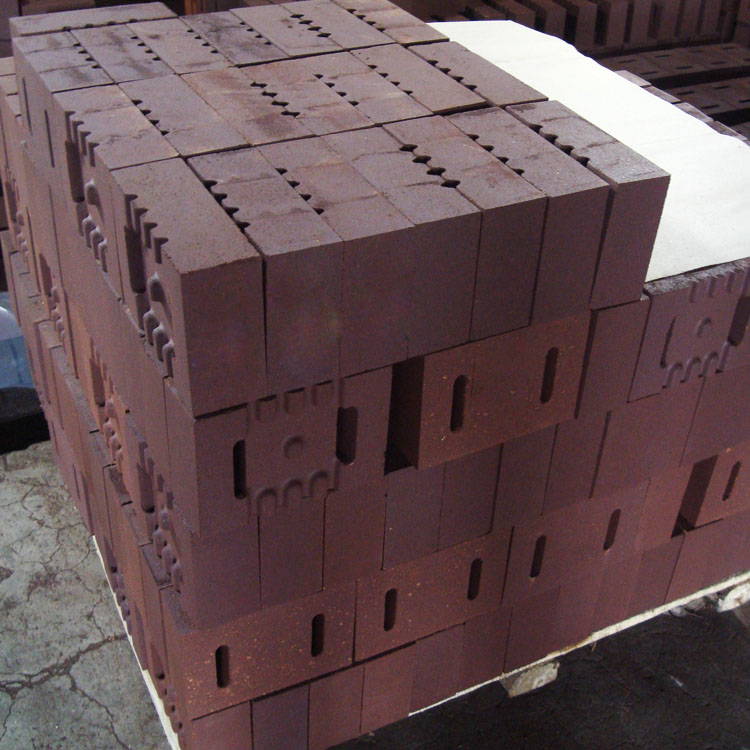
In the steelmaking process, the efficiency of ladle baking has always been a concern for steel mills. Inadequate ladle baking often leads to problems such as slow heating and uneven temperature distribution, which in turn affect the quality and production efficiency of steel products. This article delves into how the hierarchical design of the insulation layer and high-performance refractory insulation boards can solve these problems, with a specific focus on the application principle of Sunrise Vermiculite Ladle Insulation Boards.
The unreasonable structure of the insulation layer is a major pain point in ladle baking. When the insulation layer fails to be properly designed, it can absorb excessive heat, leading to prolonged baking times. For example, in some traditional ladle insulation systems, the heat absorption rate of the insulation layer can reach up to 30%, which significantly extends the baking time and increases energy consumption. In addition, uneven heat distribution in the ladle also affects the quality of steelmaking.

The hierarchical design of the insulation layer provides an effective solution to the above problems. Take the three - layer structure as an example. The third - layer insulation board plays a crucial role. It can effectively block the heat conduction path, reducing heat loss. Through the optimization of the hierarchical design, the heat conduction rate of the insulation layer can be reduced by 20 - 30%, which helps to maintain a stable temperature inside the ladle and improve the baking efficiency.
Sunrise Vermiculite Ladle Insulation Boards are made of high - performance refractory materials containing alumina. These materials have excellent chemical corrosion resistance, high - temperature stability, and a long service life. In high - temperature environments above 1500°C, they can still maintain stable physical and chemical properties. Compared with traditional refractory materials, their service life can be extended by 1 - 2 years, which reduces the frequency of material replacement and maintenance costs for steel mills.

Let's take a steel mill as an example. After using Sunrise Vermiculite Ladle Insulation Boards, the thickness of the insulation layer was reduced by 10 - 18mm, and the temperature of the ladle shell was reduced by up to 50°C. The baking time was shortened by 30 - 40%, and the temperature difference inside the ladle was controlled within ±10°C, compared with ±30°C before the improvement. In terms of energy consumption, the energy consumption per ton of steel was reduced by 15 - 20%, achieving significant energy - saving and consumption - reducing effects.
| Indicators | Before Improvement | After Improvement |
|---|---|---|
| Insulation Layer Thickness (mm) | Original thickness | Reduced by 10 - 18mm |
| Ladle Shell Temperature (°C) | High temperature | Reduced by 50°C |
| Baking Time | Long time | Shortened by 30 - 40% |
| Temperature Difference Inside Ladle (°C) | ±30°C | ±10°C |
| Energy Consumption per Ton of Steel | High | Reduced by 15 - 20% |
To fully utilize the advantages of Sunrise Vermiculite Ladle Insulation Boards, steel mills can make corresponding adjustments to process parameters. For example, the heating rate can be increased by 20 - 30% to achieve rapid baking. The constant - temperature duration can be appropriately shortened by 10 - 20%, and temperature - zone control can be optimized to ensure more uniform temperature distribution inside the ladle.

In conclusion, the hierarchical design of the insulation layer and high - performance refractory insulation boards represented by Sunrise Vermiculite Ladle Insulation Boards provide an effective solution for improving ladle baking efficiency, stabilizing thermal management, and achieving energy - saving and consumption - reducing goals in steel mills. If you want to learn more about Sunrise's high - performance refractory material solutions, please click to visit the official website's technical column.


